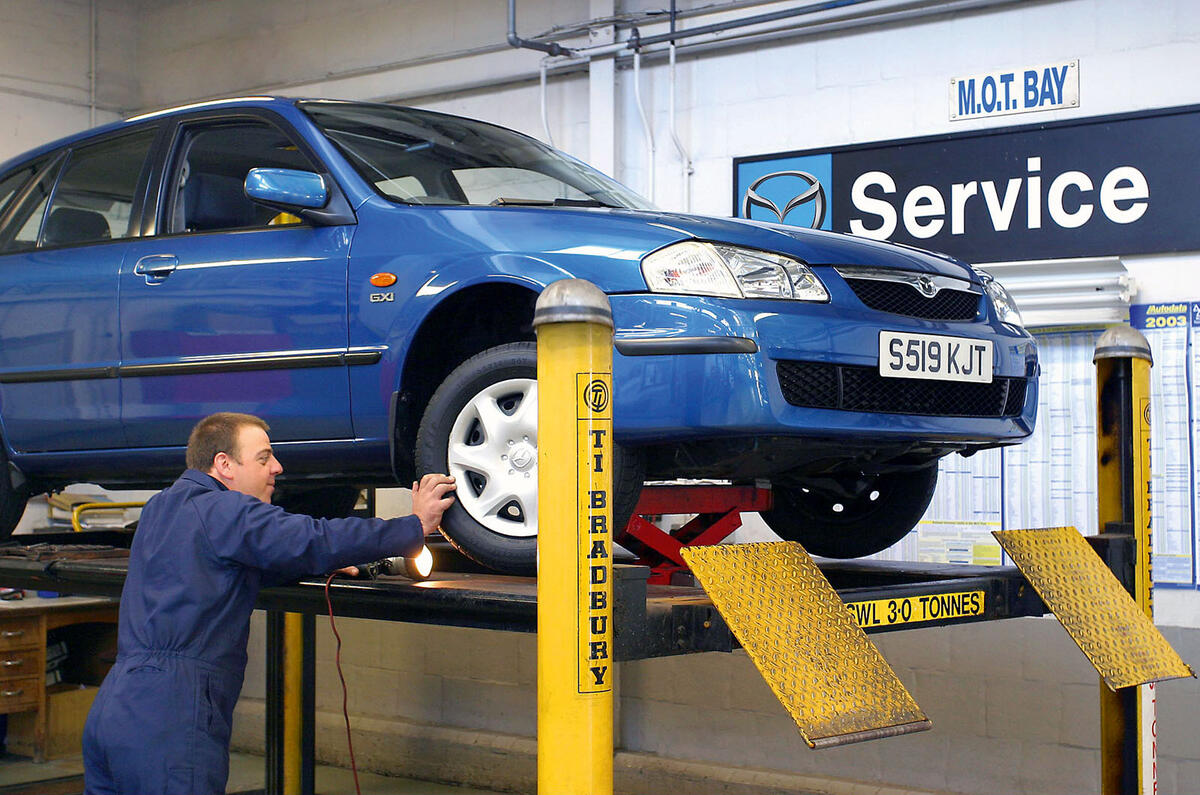The Hitchhiker’s Guide to the Galaxy had it about right when the cover of that mythical publication featured two words: ‘Don’t panic’.
I reckon your MOT test certificate should have something similar at the top of the page, and any mention of the MOT test should be routinely prefaced by those reassuring words.
As usual, the MOT test is in the headlines for all the wrong reasons. Just recently, I have been coming over all very Alan Partridge by appearing on local radio and sort of telling it like it is.
Apparently, if you believed some news reports, some from the motoring media, the MOT system is in total meltdown. That has meant that cars are not being tested and motorists are being turned away, driving off into the wilderness with a potentially unroadworthy car.
The truth is that the MOT system is now a cloud-based entity. It exists in a virtual time and space, like much of our lives these days.
The thing is that garage owners and MOT testers are mostly practical blokes who just go reassuringly analogue if there is a digital crisis. So if the system crashes, they simply issue a paper certificate. When the system is back online, they can then update the records. According to my local garage, the situation can be summed up as: ‘Don’t panic’.
Much more of a concern, though, and not nearly as sensationalist, is the fact that all vehicles will soon require an MOT test on their fourth birthday, rather than their third. The initial reaction is that it will save us some time waiting around at the MOT station and a bit of cash.
Unfortunately, putting off that safety check is likely to actually increase running costs and expenses. Three years is a good point at which to start taking maintenance a bit more seriously as the manufacturer warranty ends, along with the main agent visits. Most people don’t really care about how their car is looked after until it fails.
These are parents who care about their children yet will blithely ignore the marginal tread depth on their MPV’s offside rear and moan loudly about the £100 required to replace, fit and balance that bit of rubber.
This is what we are up against: ignorance and penny-pinching. Fretting about it is unlikely to change the situation, and perhaps we should take an example from the many pre-1960 car owners. I mean, those cars are all accidents waiting to happen, yet they volunteer to get them tested anyway. At least old-car owners are demonstrating some proper stiff upper lip motoring and refusing to panic.






Join the debate
Add your comment
@ Laslie Brook
The same people who never check their tyre pressures (and oil/water) will always be there...idiots
Also TPM's are notoriously unreliable showing mis-leasing readings and being expensive to keep replacing. Drivers simply ignore them, and let's face it, a faulty TPM doesn't make a car undrivable, just back to checking tyre pressures manually.
Anyway, the point is that MOT's are going to get more draconian and expensive, writing off decent cars.
.
MOT
However the current MOT has broadened the range of tested items extensively, even tyre pressure monitoring systems are a failure item....since these regularly fail whats wrong with checking tyre pressures manually?
Apparently this is another 'European' directive to "aid free movement of vehicles around the EU countries"....even if you do not intend to take your car abroad.Not everyone realises this.
For example if a rear wash/wipe doesn't work Hardly a safety feature - (what happens if your car doesn't have one...is that a fail?) this is a fail....never used to be.
One of my ML's failed the other day because they ran a test (as part of the MOT) on the towing electrics...one side indicator didn't work. The towbar was on the car when I bought it at 2 years old...I have never used it in 10 years and never will, but that doesn't count, if it is fitted, NOW it needs to work!
Obviously I wasn't going to spend money on something I don't use so I told them to cut all the wires off...end of problem.
Madness....and this is only going to get worse resulting in big bills and cars written off before their time.